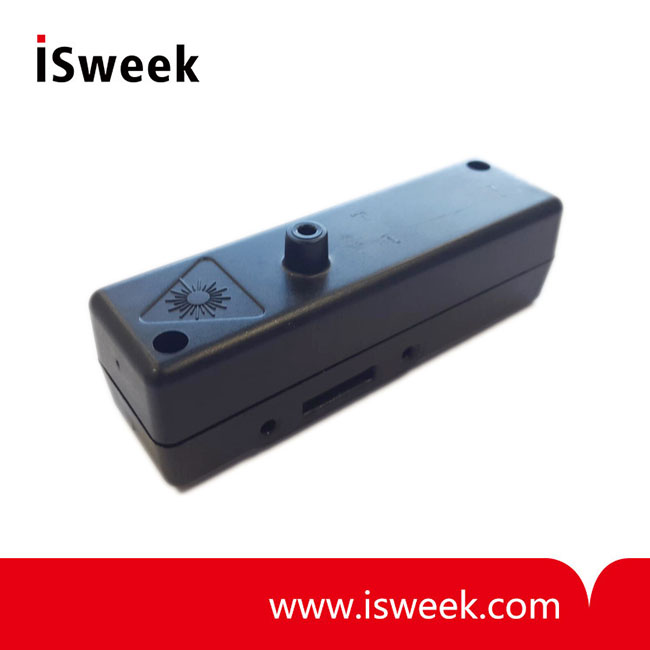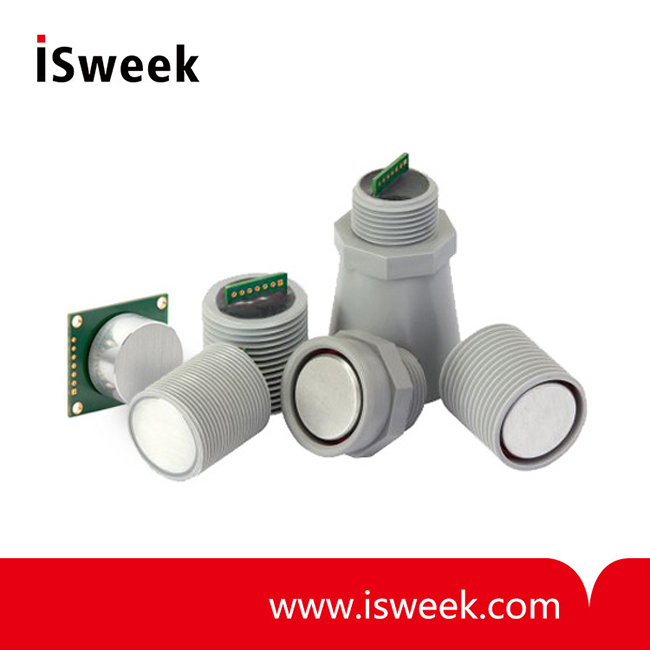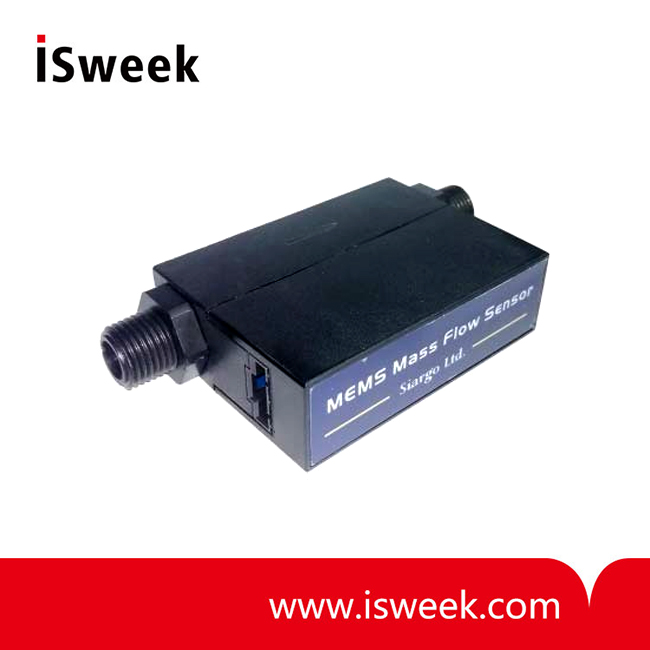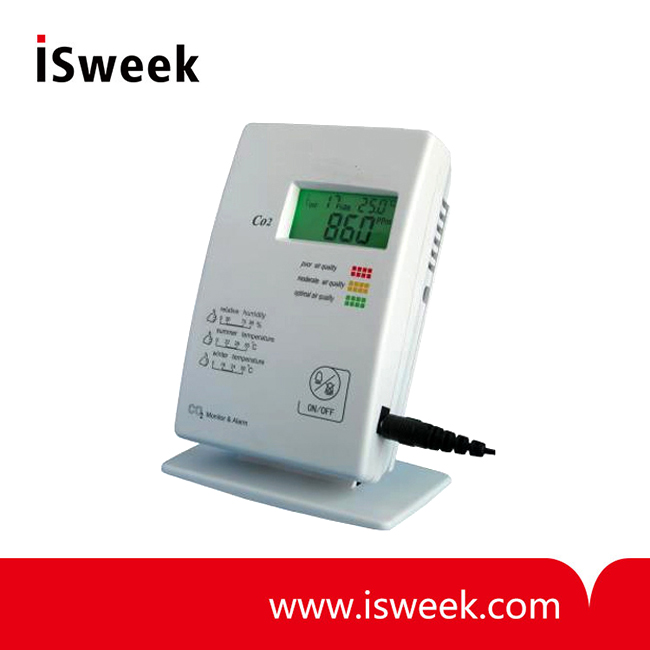Oxygen keeps us alive, but here’s the catch – its quality isn’t always a given. What’s in your oxygen tank matters more than you might think. In hospitals, a whiff of contaminated oxygen could turn life-saving therapy into a health hazard. Up in the skies, moisture-laden aviation oxygen becomes an icy threat at 30,000 feet. Even the sleek world of electronics manufacturing isn’t immune – a single impure oxygen batch can ruin an entire semiconductor run with microscopic oxidation flaws.
This isn’t just about avoiding bad outcomes; it’s about mastering an invisible variable that quietly shapes industries. Whether you’re calibrating medical equipment or welding spacecraft components, understanding oxygen purity separates guesswork from guaranteed results. Let’s cut through the technical haze – this guide shows you how to measure oxygen quality like a pro and why getting it right matters more than ever.
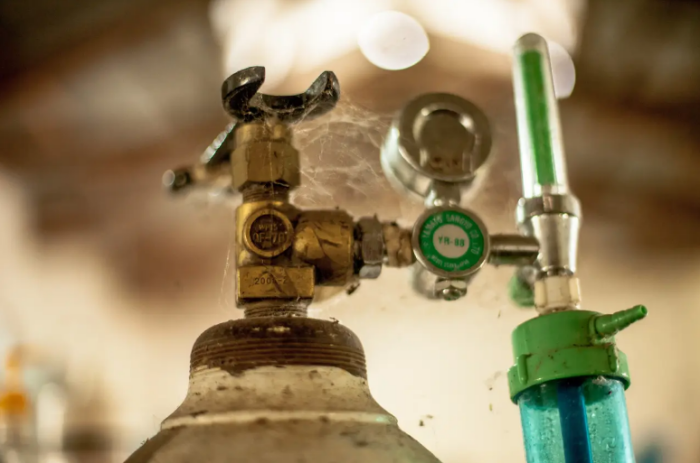
Understanding Oxygen Purity Grades
Oxygen purity is classified by its concentration and allowable contaminants. The Compressed Gas Association (CGA) defines seven grades, but the most widely used are:
1. Medical Grade Oxygen (USP)
-
Purity: ≥99.0% oxygen by volume.
-
Key Contaminant Limits:
-
Carbon dioxide: <300 ppm
-
Carbon monoxide: <10 ppm
-
Moisture: <67 ppm (to prevent bacterial growth).
-
-
Applications: Respiratory therapies, surgical procedures, neonatal care.
-
Regulation: FDA-certified as a pharmaceutical product.
2. Industrial Grade Oxygen
-
Purity: ≥99.5% oxygen by volume.
-
Key Contaminant Limits:
-
Moisture: <50 ppm (prevents pipeline corrosion).
-
-
Applications: Welding, chemical synthesis, wastewater treatment.
How to Measure Oxygen Purity
Accurately measuring oxygen purity requires selecting the appropriate analytical method for the specific application. Electrochemical sensors, for instance, are widely used in medical and industrial settings due to their portability and real-time monitoring capabilities. These devices operate by generating an electrical current proportional to oxygen concentration through redox reactions at their electrodes.
For high-precision environments like semiconductor manufacturing, paramagnetic oxygen analyzers offer superior accuracy. These instruments exploit oxygen’s unique magnetic properties to measure concentrations with minimal interference from other gases. Laser absorption spectroscopy (TDLAS) provides non-invasive, continuous monitoring for pipeline or storage systems, using wavelength-specific light absorption to determine oxygen levels.
Laboratory-grade validation often relies on gas chromatography, which separates and quantifies gas mixtures with exceptional precision. While this method delivers comprehensive contaminant analysis, it requires specialized training and extended processing times.
Key Steps to Measure Oxygen Purity
-
Instrument Selection: Match the tool to the use case—electrochemical sensors for field measurements versus chromatographs for lab certification.
-
Calibration Protocol: Regularly validate equipment using certified reference gases (e.g., 99.999% nitrogen for baseline calibration).
-
Environmental Controls: Compensate for temperature fluctuations and pressure variations that affect sensor accuracy.
-
Regulatory Compliance: Verify results against relevant standards (FDA 21 CFR Part 11 for medical oxygen, ISO 8573 for industrial applications).
Common Challenges in Oxygen Purity Measurement
Detecting trace oxygen concentrations below 1 ppm remains a persistent challenge, particularly in ultra-high-purity systems. Cross-sensitivity from gases like methane or hydrogen can distort readings in electrochemical sensors, necessitating advanced filtering algorithms or alternative technologies like tunable diode lasers.
Humidity introduces additional complexity, as moisture condensation alters gas density and sensor response. Heated sampling lines or desiccant filters mitigate this risk but require regular maintenance. Calibration drift over time further compounds these issues, emphasizing the need for scheduled recalibration intervals.
Applications Requiring Strict Oxygen Purity Control
-
Healthcare: Medical oxygen systems demand <10 ppm CO and <300 ppm CO₂ to meet FDA safety standards.
-
Electronics Manufacturing: Semiconductor fabs require UHP oxygen (≥99.999%) to prevent oxidation defects in nanoscale circuits.
-
Food Preservation: Modified atmosphere packaging relies on <0.5 ppm residual oxygen to extend shelf life.
-
Energy Sector: Natural gas pipelines maintain <10 ppm oxygen to inhibit corrosion and ensure operational safety.
Recommended Tool for Precision Measurement
While this guide focuses on general methods, professionals in high-stakes industries often require specialized equipment. One standout solution for trace oxygen detection is the GPR-12-333 micro-oxygen sensor, designed for:
-
Range: 0–10 ppm oxygen.
-
Accuracy: ±2% of full scale.
-
Response Time: <13 seconds to detect leaks.
-
Durability: 24-month lifespan in continuous operation.
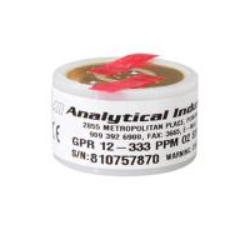
The GPR series oxygen sensors, with their groundbreaking electrochemical design, redefine precision in both trace PPM and percent-level oxygen detection. Engineered for versatility, these sensors excel in demanding environments—from medical gas validation to offshore diving systems—ensuring safety and compliance across industrial process control, natural gas distribution, and personnel safety operations.
Conclusion
Measuring oxygen purity is a science of balancing precision, reliability, and practicality. Whether ensuring a patient’s next breath or a microchip’s flawless production, the right tools and techniques safeguard both lives and livelihoods. As industries push toward higher purity standards, advancements in sensor technology will continue to redefine what’s possible—one molecule at a time.



